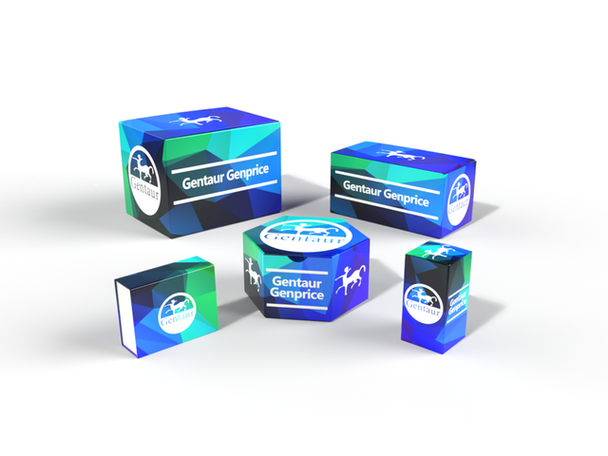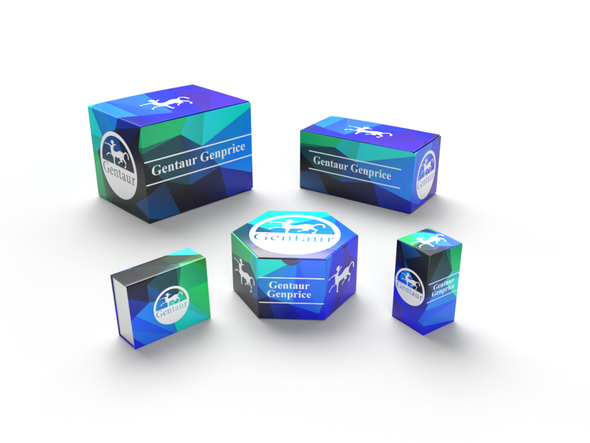451 Recombinant Proteins and Cell culture
Histone H2B (Schizosaccharomyces pombe) | AS21 4558
- SKU:
- 451-AS21 4558
- Availability:
- Usually ships in 5 working days
Description
Histone H2B (Schizosaccharomyces pombe) | AS21 4558 | Gentaur UK, US & Europe Distribution
Immunogen: Synthetic peptide corresponding to N-terminal Schizosaccharomyces pombe histone H2B, SAAEKKPASKAPAGKA, UniProt: P04913
Host: Rabbit
Conjugation: N/A
Clonality: Polyclonal
Isotype: N/A
Purity: Serum. Contains 0.05 % sodium azide.
Format: Liquid
Tested Application: Chromatin immunoprecipitation (ChIP), Western blot (WB)
Related Products: Collection of antibodies to other fungal proteins
Recommended Dilutions: 1 : 1000 (WB)
Molecular weight: 13, 8 | 17, 24-25 kDa (unmodified and mono-ubiquinated H2B)
Confirmed Reactivity: Schizosaccharomyces pombe
Predicted Reactivity: Species of your interest not listed? Contact us
Not reactive in: N/A
Additional Information: ChIP method for this antibody is described in Maruyama et al. (2006) .
Background: In the eukaryotic cells, DNA is packaged repetitively into nucleosomes by means of interactions among two molecules of four classes of histone, H2A, H2B, H3 and H4. Each of the histone proteins has an evolutionarily conserved amino-terminal 'tail' that protrudes from the nucleosome. This tail is the target of numerous diverse signaling pathways, resulting in the addition of many post-translational modifications. These modifications include phosphorylation, acetylation, methylation, ADP-ribosylation and mono-ubiquitination. Many important new modifications within the structured core and the carboxy-terminal tail regions of histones are also being identified. It is becoming increasingly clear that these modifications represent crucial regulatory events that govern the accessibility and function of the genome.
Reconstitution: N/A
Storage: Store at -20°C; make aliquots to avoid repeated freeze-thaw cycles. Please remember to spin the tubes briefly prior to opening them to avoid any losses that might occur from material adhering to the cap or sides of the tube.
TAIR Nnumbre: N/A
Category: Bacteria
Research Area: Fungi






